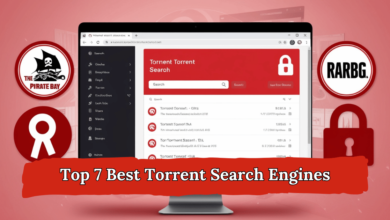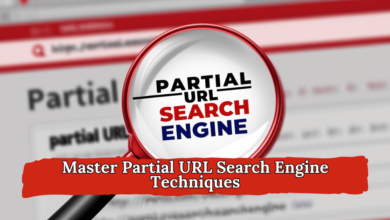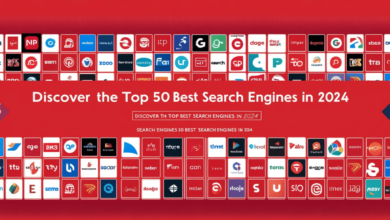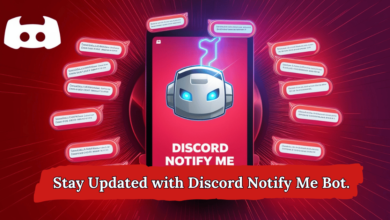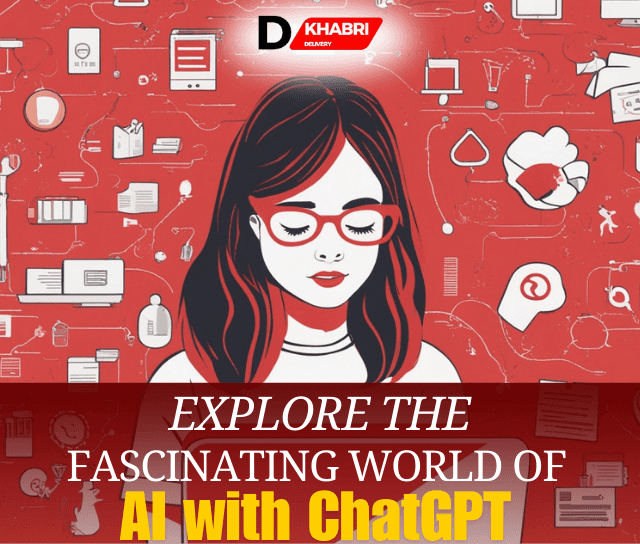
Artificial Intelligence (AI) has taken huge strides in
recent years, making it possible to do everything from generating text to
creating images. Among these advances, OpenAI’s ChatGPT has gained attention
for its ability to engage in human-like conversations and generate high-quality
text. But this raises an interesting question: Can ChatGPT create images? In
this article, we’ll explore this question, the role of AI in image creation,
and how tools like DALL-E are shaping the future of visual content.
What is ChatGPT?
ChatGPT is an AI model developed by OpenAI that focuses on
generating and understanding human-like text. It’s part of the GPT (Generative
Pre-trained Transformer) family, which has been trained on a massive amount of
text data to predict and generate coherent sentences and paragraphs. While
ChatGPT excels at natural language processing, its abilities are centered
around text and language, not visuals.
Understanding DALL-E
DALL-E, another creation from OpenAI, is an AI model
designed specifically for generating images from textual descriptions. Unlike
ChatGPT, which focuses on language, DALL-E uses deep learning techniques to
understand and interpret text prompts, creating corresponding images that match
the given description. DALL-E can generate imaginative and unique visuals,
making it a powerful tool for creative tasks.
ChatGPT and Image Creation
So, can ChatGPT create images? The simple answer is no, not
directly. ChatGPT is a language model, meaning its core function is to process
and generate text. However, ChatGPT can assist in image-related tasks by
helping users generate prompts or descriptions that can be fed into
image-generation models like DALL-E. While it cannot produce visuals, ChatGPT
can be a valuable tool in the creative process by providing the necessary
textual inputs for image creation.
The Role of DALL-E in Image Creation
DALL-E stands out as a model that takes text inputs and
turns them into images. By understanding the nuances of a given prompt, DALL-E
can produce visuals ranging from the mundane to the highly imaginative. For
example, if you describe “a two-story pink house shaped like a shoe,”
DALL-E can create an image that closely matches this description. This ability
to translate text into visuals opens up new possibilities for designers,
artists, and content creators.
Comparing ChatGPT and DALL-E
While both ChatGPT and DALL-E are products of OpenAI, they
serve different purposes. ChatGPT is excellent at generating coherent text and
simulating conversations, whereas DALL-E is specialized in creating images from
text prompts. This distinction is crucial because it highlights the
specialization within AI models; each is designed to excel in its
domain—language or visuals.
How to Use ChatGPT for Image Generation
Though ChatGPT doesn’t generate images itself, it can be
used effectively to craft detailed and imaginative prompts for DALL-E. For
instance, if you need an image of “a futuristic city with floating
buildings,” ChatGPT can help refine this description to ensure that DALL-E
generates the most accurate visual. This collaboration between text and image
models showcases how different AI tools can complement each other in creative
workflows.
Advantages of Using AI for Image Creation
AI-generated images bring a range of benefits to various
industries. For one, they allow for the rapid production of visual content
without the need for physical resources or extensive time investments. This
efficiency is especially useful in marketing, where visuals are essential for
engaging audiences. Additionally, AI can generate images that are highly
customizable, making it easier for businesses to create tailored content that
meets specific needs.
Limitations of AI in Image Creation
Despite the advantages, there are limitations to
AI-generated images. One challenge is the potential lack of control over the
final output, as the AI might interpret prompts in unexpected ways.
Additionally, there are ethical concerns, such as the potential misuse of AI to
create misleading or harmful content. It’s important for users to approach
AI-generated imagery with a critical eye and a clear understanding of its
capabilities and boundaries.
Real-World Applications of AI-Generated Images
AI-generated images are being used in various fields, from
marketing and advertising to entertainment and media. In the design world,
these images can serve as inspiration or even be directly used in projects. In
media, AI-generated visuals can enhance storytelling by providing unique and
imaginative elements that would be difficult to create manually.
Future of AI in Image Creation
The future of AI in image creation is promising, with
ongoing advancements expected to enhance the quality and creativity of
AI-generated visuals. As AI models become more sophisticated, we can anticipate
more seamless integration between text and image generation, potentially
allowing for even more complex and detailed visuals based on simple text
prompts.
Common Misconceptions About AI and Image Creation
There are several misconceptions about AI’s role in image
creation. One common myth is that AI can autonomously create images without any
human input, but in reality, human creativity and direction are still crucial.
Another misconception is that AI-generated images are always perfect; however,
they can sometimes lack the nuance and depth that a human artist might achieve.
Conclusion
AI tools like ChatGPT and DALL-E are transforming the way
we create content, offering new possibilities in both text and visual domains.
While ChatGPT cannot create images directly, it plays a significant role in the
creative process by generating detailed prompts that feed into image-generation
models like DALL-E. As AI continues to evolve, its impact on the creative
industry will only grow, offering new opportunities for innovation and
expression.
FAQs After Conclusion
1. Can ChatGPT create images on its own?
– No, ChatGPT is
designed for text generation, not image creation. However, it can assist in
creating prompts for image-generation models like DALL-E.
2. How does DALL-E work in generating images?
– DALL-E generates
images by interpreting textual descriptions and using deep learning to create
visuals that match the given prompts.
3. Is AI-generated imagery copyright-free?
– AI-generated
images can have complex copyright implications, and it’s important to check the
specific terms of use for each AI tool and its generated content.
4. What are the ethical concerns with AI-generated images?
– Ethical concerns
include the potential for misuse in creating deceptive or harmful content, as
well as the impact on human creativity and jobs in the creative industry.
5. How can businesses benefit from AI-generated images?
– Businesses can
use AI-generated images to quickly produce high-quality visual content for
marketing, advertising, and branding purposes, often with greater customization
and efficiency.

